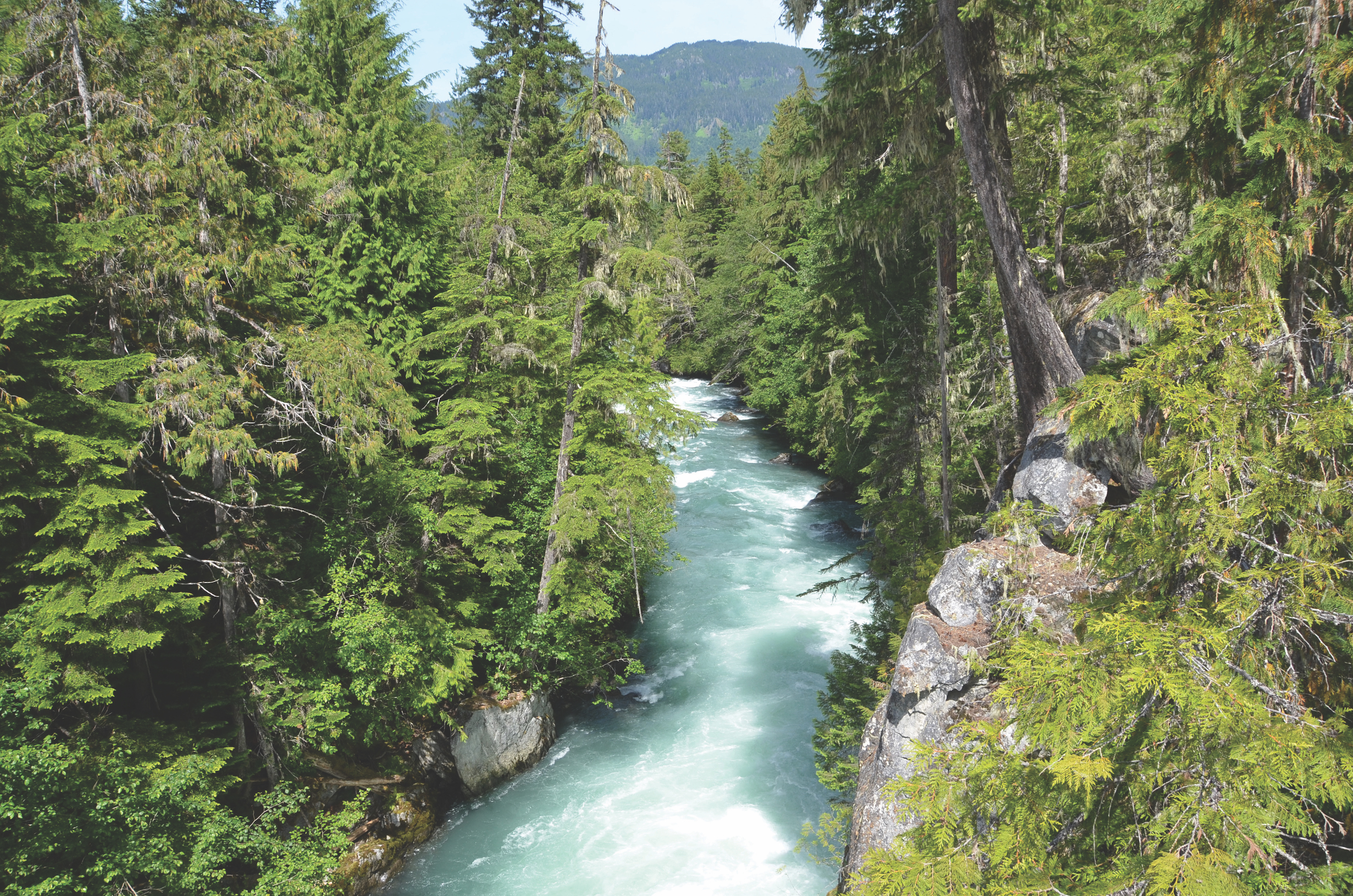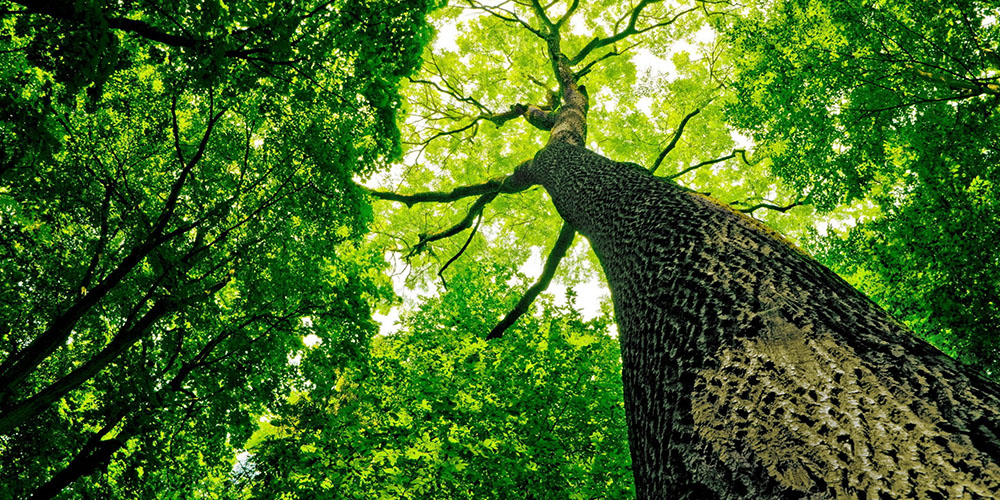What’s in a Label?
Students explore the environmental, social, and economic criteria of forest certification and consider possible benefits and limitations of certification for both forests and people. They then examine the steps involved in making a certified forest product and the importance of certifying each step of the process.
Objectives
Students will
- Describe and define forest product certification.
- Articulate ways that certifications benefits the environment, the people who rely on forests, and the end consumer.
- Identify how chain of custody substantiates the certification process.
For the complete activity and more like this, purchase the Explore Your Environment: K-8 Activity Guide at Shop.PLT.org and/or attend a professional development training in your state.
Explore Your Environment: K-8 Activity Guide is a supplementary curriculum that is multi-disciplinary, with an emphasis on science, reading, writing, mathematics, and social studies.
Each activity displays explicit connections to practices and concepts expected by the following national academic standards so teachers can easily see where the materials will fit into their lesson plans:
- Next Generation Science Standards (NGSS)
- Common Core Toolkit, includes
- English Language Arts (CCSS.ELA)
- Mathematics (CCSS.MATH)
- College, Career, and Civic Life Framework for Social Studies (C3)
Our professional development further demonstrates these connections, as well as to state and local standards, contact your state coordinator.
EE Resources
Video: Mill Products
“Mill Products.” This 8:37-minute video describe some of the thousands of products made from forests that we use every day and that provide a financial incentive to manage forests. It shows a school’s heating system that is fueled by wood chips, as well as mill operations that make different forest products, paper, lumber, and veneer.... Read more »
Video: How to Make Veneer
“How to Make Veneer.” This 5:37-minute video shows how wood veneer is made from trees and talks about the uses of veneer. It is one of a series of BeLeaf It or Not! videos by Michigan State University Extension, which are geared for students.
Video: How to Make Paper
“How to Make Paper.” This 5:55-minute video shows the industrial paper-making process from trees to the finished rolls of paper. It is one of a series of BeLeaf It or Not! videos by Michigan State University Extension, which are geared for students. For activities: Make Your Own Paper (Variation for Grades 3–5), We All Need... Read more »
SFI Florida Forest Partners
Use this 3:18-minute video to experience an on-the-ground view of third-party forest product certification audit in the state of Florida. Auditors visit operations to verify that the forest is managed in a sustainable way as part of the certification process.
Promoting Sustainability on Managed Forestland
Use this 7:27-minute video to teach about how forest certification can work to protect and promote the sustainable use and management of forests on millions of hectares. Hear from SFI Chief Conservation Officer Paul Trianosky describe the Sustainable Forestry Initiative’s four pillars of work: Standards, Education, Community Engagement, and Conservation.
Packaging Preferences in the US
57% of consumers are actively taking steps to reduce their use of plastic packaging, according to the 2020 study U.S. Packaging Preferences 2020 released by Two Sides North America, Inc. Through this study, students can explore consumer preferences, perceptions and attitudes toward packaging materials. On top of that, find out about environmental labels on products... Read more »
Think Green Infographic
Produced by the EPA, this Think Green Infographic is a great way to get your students thinking through simple, thought-provoking questions – Do You Really Need It?, How “Green” Is It?, Can You Reuse It?, and Can You Buy It Used? The graphic provides tips and action steps middle and high schoolers can take to reduce their... Read more »
Product Life Cycle Assessment Worksheet
TeachEngineering offers a basic life cycle assessment method that assigns fictional values for different steps in a product’s life cycle. Students can complete a product analysis using this worksheet and then compare product impacts, and brainstorm ways to reduce unwanted environmental effects.
Greener Blue Jeans
Who doesn’t like blue jeans? The indigo dye that provides their distinctive color holds up to detergents, but ages into that soft, worn look. Indigo is one of the oldest dyes used for coloring textiles. For thousands of years it was extracted from tropical plants in Asia, the Middle East and the Americas, with various... Read more »
Login to download supporting materials such as appendices and teaching tips.
Login
 Get this Guide
Get this Guide
 Find Training
Find Training

